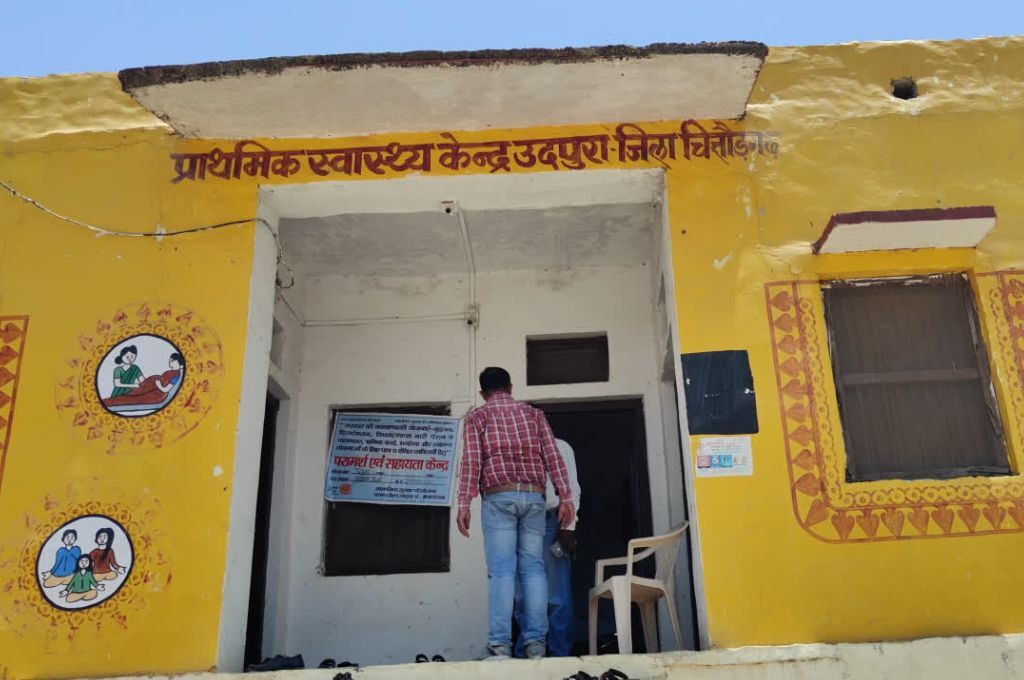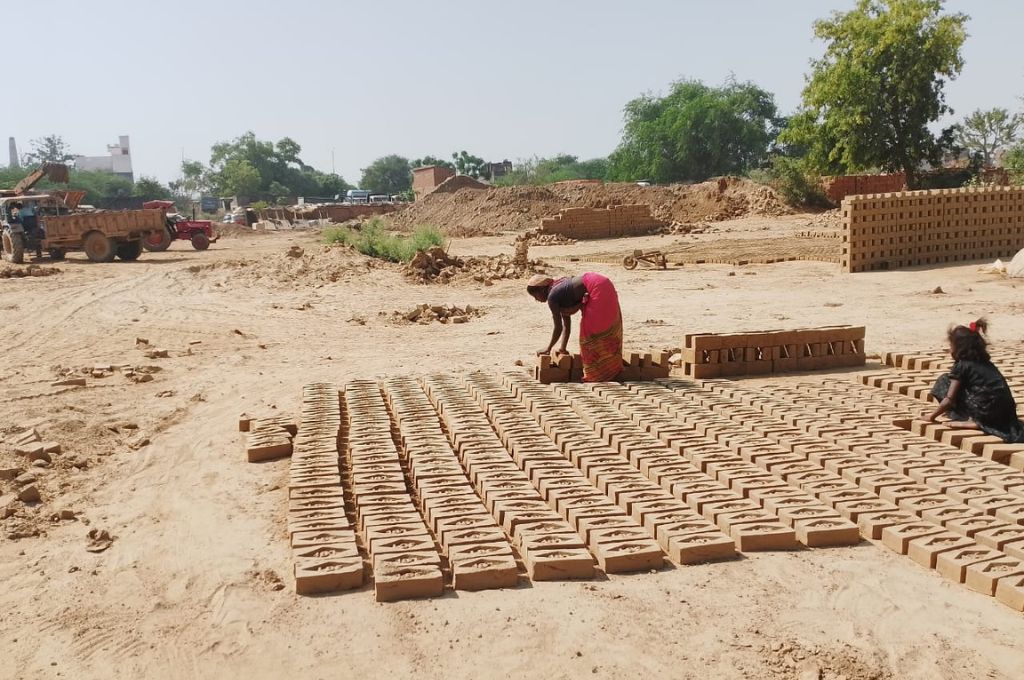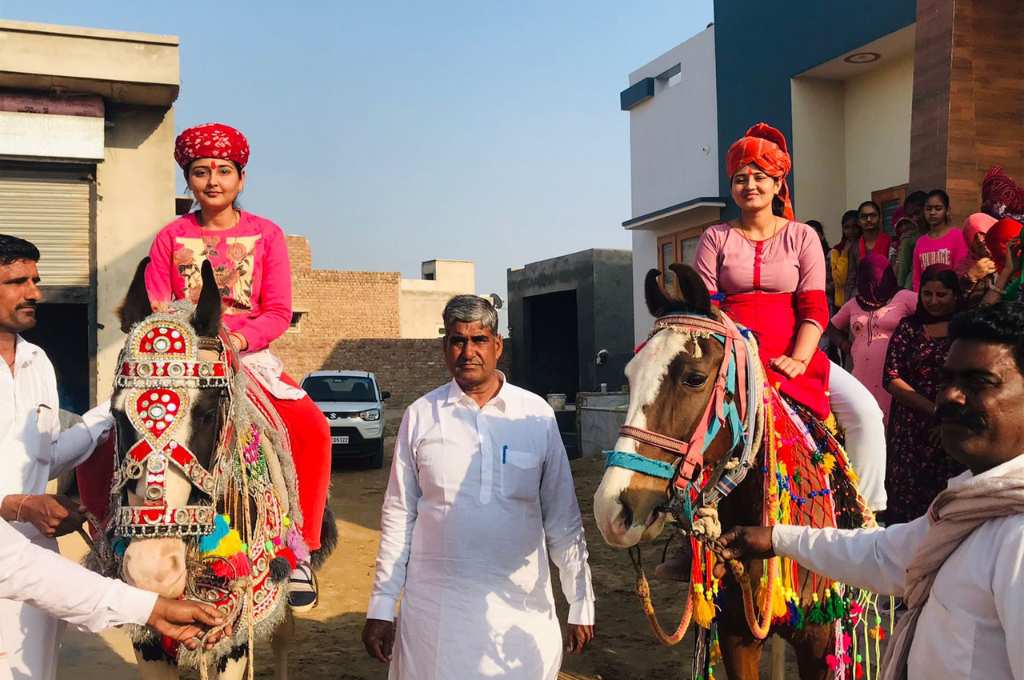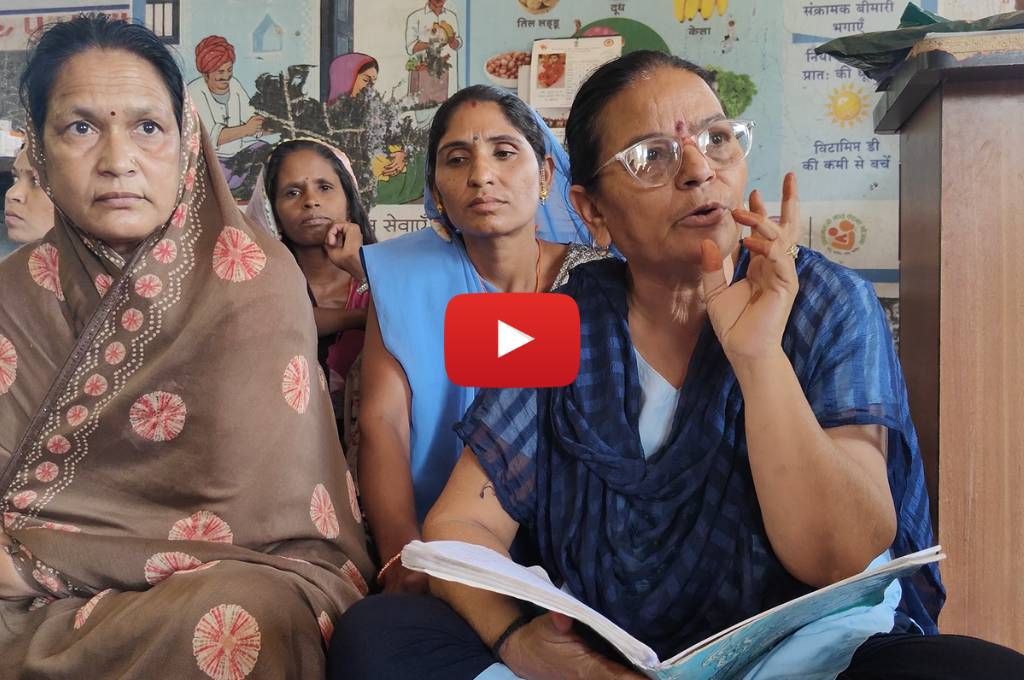Fertile vs fallow land: What are farmers in Andhra Pradesh choosing?
We are beginning to see some interesting trends play out in Andhra Pradesh—fallow lands are being cultivated while fertile lands are being left fallow. There are two reasons for this emerging practice: climate change and human–animal conflict.
Much of the agricultural land in Andhra Pradesh is rainfed. Over the past two years, the region has seen surplus rainfall when compared to the average rain it receives. However, due to climate change, the distribution of rain has been scanty, erratic, and unevenly spread across the months. Farmers can no longer rely on rain for their crops, especially high-water-consuming ones such as paddy. This means they do not have crop security on their fertile lands any more.
Farmers are therefore choosing to cultivate erstwhile fallow lands that are adjacent to existing functional borewells. By expanding the pipeline from that well, they can irrigate these lands and control the supply and timing of water for their crop. Horticulture is preferred over grains, because fruits and vegetables need less water at regular intervals and are less labour-intensive as well.
The mechanisms to mitigate climate change are also indirectly impacting agriculture and the farmers’ choice of land to cultivate. The government has set up a solar park in Anantapur district, which occupies 11,000 acres of land and houses multiple solar companies. Forest lands and other commons were cut down to make space for this park, and this is causing a new form of human–animal conflict.
With their forest common lands gone, local wildlife has started moving into the neighbouring agricultural lands. While the animals aren’t attacking humans, they are entering private and common lands and damaging crops. So even if these parcels of land next to the solar park are fertile, farmers are preferring to keep them fallow instead of investing in agriculture that is then destroyed by animals. They are instead choosing to cultivate lands that are away from this park, even if they aren’t the most fertile.
Mohammad Bhakthar Vali is the regional head at Foundation for Ecological Security in Madanapalle, Andhra Pradesh.
—
Know more: Learn how renewable energy projects in Jaisalmer’s common forest areas are damaging its biodiversity and the livelihoods of local livestock farmers.
Do more: Connect with the author at [email protected] to learn more about and support their work.




